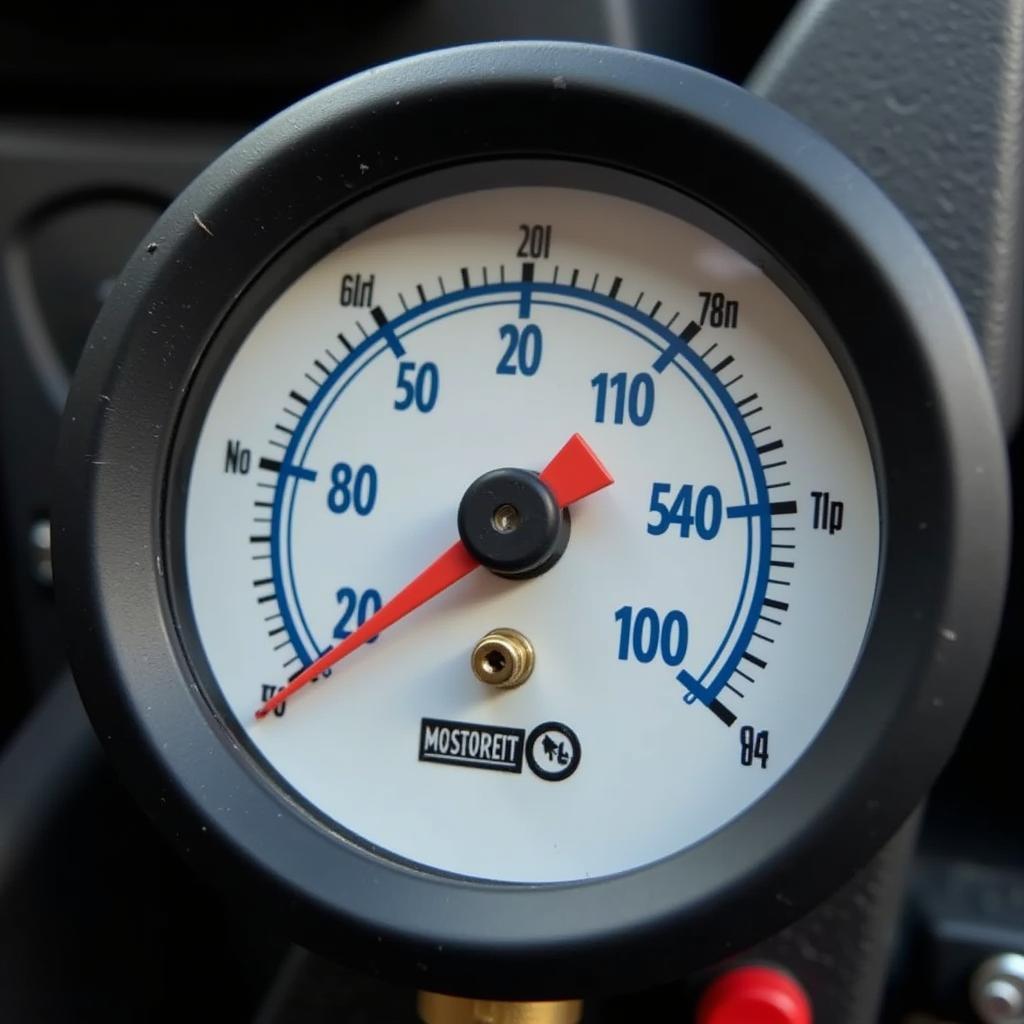If your 2004 BMW’s hazard warning lights and brake lights are stuck on, you’re likely experiencing a common electrical gremlin. This issue can be frustrating, especially since it impacts both safety and the ability to drive your car legally. Fortunately, with a little troubleshooting, you can often pinpoint the source of the problem and potentially fix it yourself. This guide will delve into the common culprits behind this issue and provide steps for diagnosis and repair.
Understanding the System: How Your Lights Work
Before diving into troubleshooting, it’s helpful to understand the basics of how the hazard lights and brake lights operate. Both systems rely on a network of components, including:
- Fuse: A fuse acts as a safety device, protecting the electrical circuit from overloads.
- Relay: A relay is an electromagnetic switch that allows a small current to control a larger current, effectively turning the lights on and off.
- Switch: The hazard light switch and the brake light switch send signals to activate their respective circuits.
- Bulbs: The bulbs themselves are the final destination of the electrical current, illuminating when the circuit is complete.
- Wiring: The wiring acts as the pathway for the electrical current to flow between all these components.
A malfunction in any of these areas can disrupt the flow of electricity and lead to issues like your hazard lights and brake lights staying on.
Common Causes and Troubleshooting Steps
Here are some of the most frequent causes of this problem in 2004 BMWs:
1. Faulty Brake Light Switch
The most common culprit is often the brake light switch, located above the brake pedal. Over time, this switch can wear out or become misaligned, causing a constant “on” signal to the brake lights and triggering the hazard lights as well.
Troubleshooting:
- Check Switch Position: Visually inspect the brake light switch. Look for any signs of damage or misalignment.
- Test the Switch: With the engine off, depress and release the brake pedal several times while observing the brake lights. If they don’t consistently turn on and off, the switch likely needs replacement.
- Replace if Necessary: Replacing the brake light switch is typically a straightforward DIY task. You’ll need a new switch compatible with your BMW model.
2. Blown Fuse
A blown fuse in the brake light circuit can also cause both the brake lights and hazard lights to malfunction.
Troubleshooting:
- Locate the Fuse Box: Consult your owner’s manual to find the fuse box location (usually in the glove compartment or under the hood).
- Identify the Correct Fuse: The owner’s manual will also have a diagram showing which fuse corresponds to the brake lights.
- Inspect the Fuse: Carefully remove the fuse and check for a broken wire inside. A blown fuse indicates a problem in the circuit that needs further investigation.
- Replace the Fuse: If the fuse is blown, replace it with a new one of the same amperage rating.
3. Faulty Hazard Switch
While less common, a malfunctioning hazard light switch can also contribute to this issue.
Troubleshooting:
- Test the Switch: Turn the hazard lights on and off. If they don’t respond or stay illuminated even when the switch is off, the switch itself might be the problem.
- Consider Replacement: If the hazard switch is faulty, it’s best to have it replaced by a qualified mechanic.
4. Wiring Issues
Worn, damaged, or corroded wiring within the brake light or hazard light circuits can cause a range of electrical problems, including the lights remaining on.
Troubleshooting:
-
Visually Inspect Wiring: Carefully examine the wiring harnesses connected to the brake light switch, hazard light switch, and related components for any signs of damage, such as fraying, cuts, burns, or corrosion.
-
Seek Professional Help: Diagnosing and repairing wiring issues can be complex and potentially dangerous. If you suspect a wiring problem, it’s best to consult a qualified auto electrician.
“Remember, electrical issues in vehicles should never be taken lightly,” says master BMW technician, Mark Stevenson. “If you’re uncomfortable working with electrical components, it’s always best to err on the side of caution and seek professional assistance.”
5. Body Control Module (BCM) Problems
In some cases, a malfunctioning Body Control Module (BCM) can also affect the lighting system. The BCM acts as the vehicle’s central computer for various functions, including lighting.
Troubleshooting:
- Check for Other Electrical Issues: If you’re experiencing other electrical problems in addition to the lights, it could point to a BCM issue.
- Consult a Professional: Diagnosing and repairing BCM problems requires specialized equipment and expertise. It’s crucial to seek help from a qualified BMW mechanic or an auto electrician specializing in BMWs.
Conclusion
Dealing with malfunctioning hazard warning lights and brake lights in your 2004 BMW can be a nuisance, but by systematically troubleshooting the common culprits outlined in this guide, you can often isolate the root cause. While some fixes, like replacing a fuse or brake light switch, can be done with basic mechanical skills, others require the expertise of qualified professionals. Always prioritize safety and seek help when needed to ensure your BMW is operating reliably and safely.

